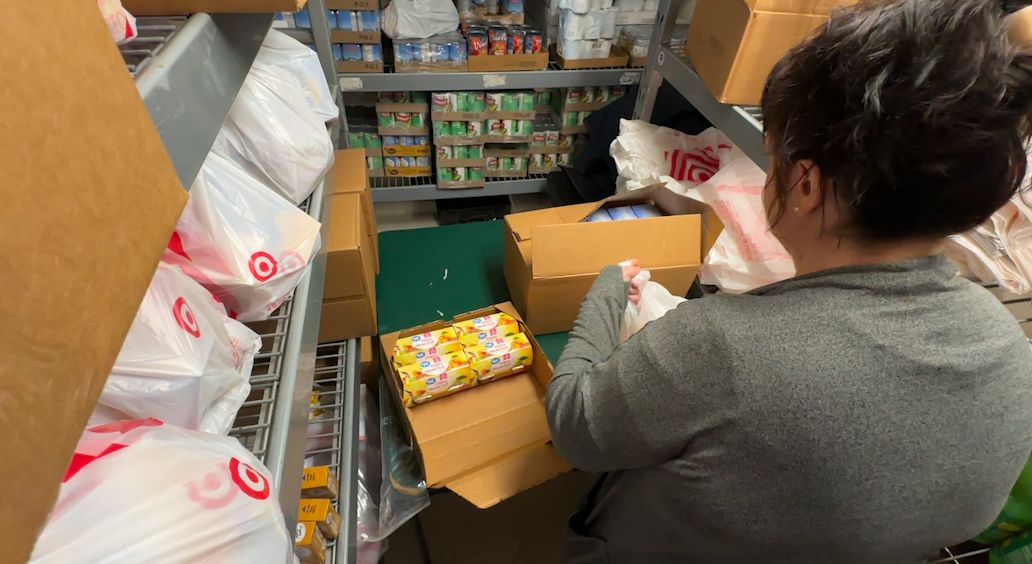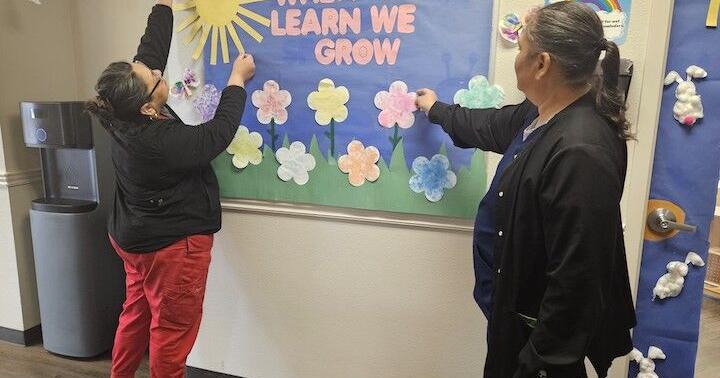
Financial Struggles Persist for New York Families as ALICE Households Rise
In a landscape marked by economic disparities, the challenges of making ends meet vary significantly among New York families. According to the latest findings from the 2024 United Way ALICE Report, nearly 46% of households across the state fall below the Asset Limited, Income Constrained, Employed (ALICE) threshold. This statistic is particularly concerning, as it underscores the financial pressures faced by a substantial portion of the population, where 15% live below the official poverty line, while an additional 31% are classified as ALICE households.
The ALICE classification refers to those who earn wages exceeding the Federal Poverty Level but are still unable to cover the basic cost of living in their respective counties. The situation illustrates a growing concern: many families find themselves financially precarious despite having employed members. Keyona Dunn, a supervisor at Community Missions in Niagara Falls, articulated the emotional toll of this phenomenon, stating, “You kind of feel like a hamster trapped in a world where you just keep running and running and running.” Dunn and her spouse entered the ALICE category after their marriage, a shift that eliminated their eligibility for crucial assistance programs like medical assistance and food stamps.
In their journey through financial instability, Dunn noted that her household was obligated to leverage local resources to stretch their budget. Though she has tried to navigate these obstacles, she is acutely aware that many individuals and families remain reliant on various forms of assistance, regardless of their specific circumstances.
Recognizing the pressing needs of families within this demographic, Governor Kathy Hochul recently announced the allocation of 0 million in supplemental payments to support over one million families in New York through the Empire State Child Credit. This financial aid is specifically aimed at ALICE households with children, reflecting a proactive approach to alleviating some of the financial burdens they face.
The ongoing economic challenges exemplified by the ALICE Report highlight the necessity for broader systemic reforms aimed at enhancing the financial stability of families in New York. As conversations surrounding economic inequality continue, it remains crucial to consider the lived experiences of those who fall into these vulnerable categories. For many, the struggle for financial security is not just a statistic but a daily reality that warrants urgent attention and action.

